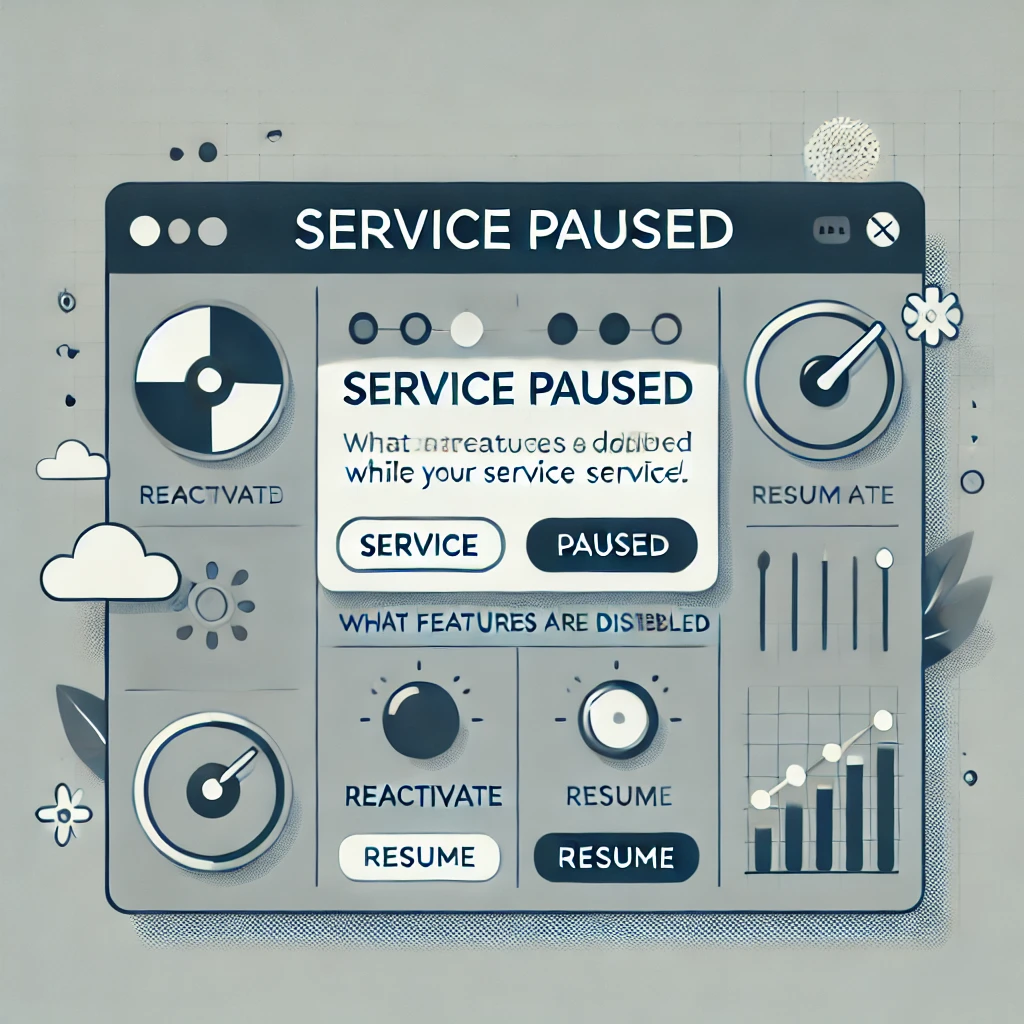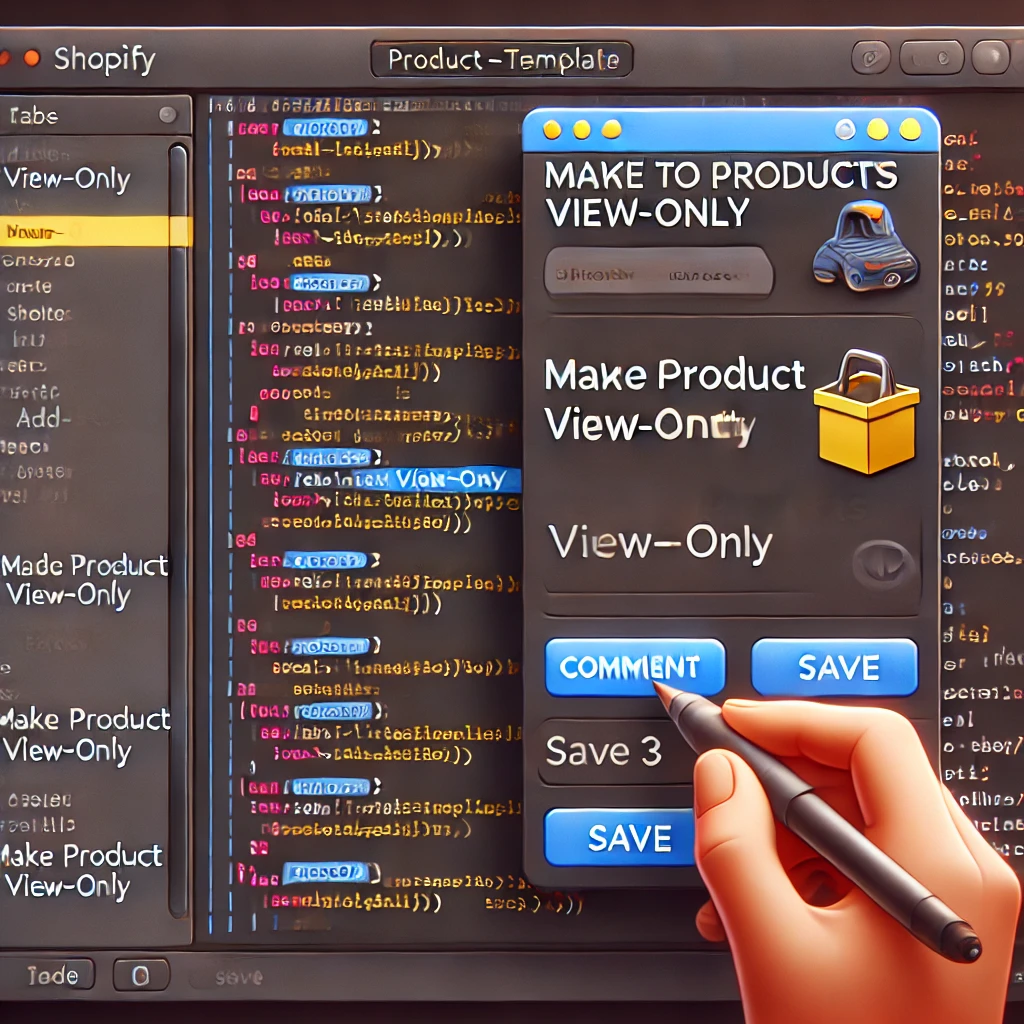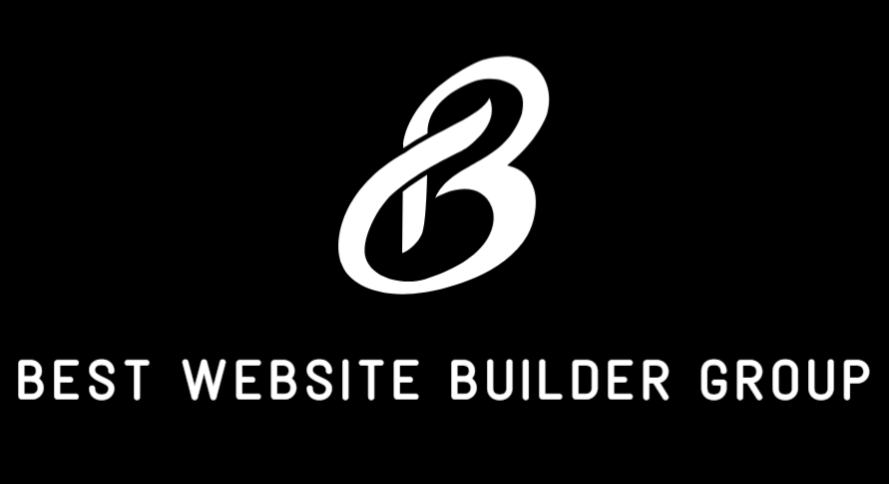As businesses and entrepreneurs seek more control over their online presence, the question “what is Webflow” has emerged as one of the most searched terms in modern web development. Webflow has become a favorite among designers, marketers, and developers who want a visual-first website builder without sacrificing the power of custom code.
In this article, we’ll answer the question “what is Webflow” in depth, explore how it works, who it’s best suited for, and how it compares to other platforms. We’ll also discuss how agencies like Best Website Builder Group use tools like Webflow to deliver fast, modern, and SEO-optimized websites for businesses across industries.

Defining Webflow
At its core, Webflow is a visual web development platform that allows users to design, build, and launch websites without writing extensive code. Unlike traditional website builders that hide most of the underlying HTML, CSS, and JavaScript, Webflow gives users full control over the structure and style of each page—while still allowing visual, drag-and-drop manipulation.
It’s this hybrid of no-code design and developer-level customization that makes Webflow so appealing. It bridges the gap between designers and developers by letting creative professionals bring ideas to life without waiting on engineering teams.
Webflow also integrates CMS functionality, e-commerce tools, form builders, and hosting services—making it a complete website solution from design to deployment.

Webflow’s Core Features
To truly understand what Webflow is, you need to examine its major components. These features give Webflow its reputation as one of the most versatile website builders available:
1. Visual Designer
The visual designer in Webflow resembles tools like Adobe XD or Figma but with the added power of live HTML/CSS rendering. You’re not working with mockups—you’re building the real site. Every element you place corresponds to actual code that’s immediately applied.
2. CSS Styling and Layouts
Webflow users style elements using a class-based system, just like developers do with raw CSS. Margins, padding, flexbox, grid layouts, and responsive breakpoints are all accessible through the UI. This means you maintain pixel-perfect control over mobile, tablet, and desktop layouts without diving into stylesheets.
3. Webflow CMS
The Webflow CMS allows dynamic content creation similar to WordPress, but it’s more visual and integrated. Users define collections (like blogs, team members, or services), and then design templates for how that content should be displayed. It’s great for marketing teams that need to update content frequently without relying on developers.
4. Hosting & Publishing
Webflow’s hosting is built on Amazon Web Services and Fastly CDN, offering global delivery and blazing-fast load times. It includes SSL security, backups, and 99.9% uptime. With one click, you can publish your site to a custom domain or test it on Webflow’s staging URL.
5. Interactions and Animations
From hover effects to scroll-based triggers, Webflow allows advanced animations through its Interactions panel—without needing JavaScript. These can add sophistication to the user experience, helping sites stand out and engage visitors.

Webflow vs Other Builders
To understand what Webflow is in a competitive sense, it’s helpful to compare it with popular alternatives:
- Webflow vs WordPress: WordPress is open-source and infinitely flexible, but it often requires plugins and developer support. Webflow is more contained but offers better speed, built-in hosting, and design flexibility out of the box.
- Webflow vs Shopify: Shopify dominates in e-commerce. While Webflow does have e-commerce features, it’s better suited to content-driven websites with lighter storefront needs. For custom e-commerce development, Shopify still leads.
- Webflow vs Wix/Squarespace: Wix and Squarespace cater to beginners and small businesses. Webflow serves a more design-savvy audience. Its learning curve is steeper but the reward is professional-grade control and speed.
For those managing multiple client sites or designing at scale, Best Website Builder Group often recommends Webflow when clients want performance and visual polish without sacrificing flexibility.

Who Should Use Webflow?
Webflow is ideal for:
- Designers who want to build websites without coding
- Agencies needing scalable design systems and fast deployment
- Startups who want modern design and strong SEO
- Marketers who need CMS capabilities without developer bottlenecks
- Freelancers creating polished portfolios or client sites
It’s not ideal for large e-commerce operations or complex app logic—those scenarios are better suited to platforms like Shopify, WooCommerce, or custom builds.

SEO and Performance in Webflow
Webflow sites are known for fast load speeds, clean semantic code, and mobile optimization—all important for SEO.
It also provides:
- Auto-generated sitemaps
- Clean URLs and redirects
- Easy access to meta titles and descriptions
- Custom Open Graph and social metadata
- Support for schema markup
- Seamless Google Analytics and Search Console integration
In short, Webflow gives businesses everything they need to build sites that look great and rank well.
Learn more about SEO fundamentals from Best Website Builder Group’s SEO services.
Is Webflow Easy to Learn?
The answer depends on your background. For total beginners, Webflow may feel overwhelming at first. But for designers with experience using visual layout tools or understanding CSS concepts, it’s incredibly intuitive. Webflow University, the official Webflow learning hub, provides a massive library of tutorials to help anyone get started.
Most users can build basic landing pages in a day and full websites within a week or two. As you grow comfortable with the toolset, more advanced features like CMS templates and interactions become accessible.

Webflow’s Pricing Structure
Webflow offers several pricing tiers depending on whether you’re hosting a single site or building multiple client sites. There are Site Plans (for hosting) and Workspace Plans (for collaboration and client work). As of now, prices range from free for staging, up to enterprise-level support for larger teams. You can review current pricing directly at Webflow’s pricing page.

How Agencies Use Webflow
At Best Website Builder Group, we often use Webflow when our clients need lightning-fast performance, a design-forward website, and the flexibility to make content edits without touching code.
Webflow is especially useful for:
- Building beautiful landing pages for ad campaigns
- Launching SEO-optimized microsites
- Prototyping new client ideas
- Delivering clean UX without plugin bloat
Combined with tools like Figma and custom code snippets, Webflow lets us deliver conversion-focused websites that scale.

Conclusion
So, what is Webflow? It’s a powerful, visual-first web development platform that empowers designers, marketers, and developers to build fast, responsive, and SEO-friendly websites—without compromising creativity or structure.
For those looking to break free from templates and plugins while maintaining full control over their content and branding, Webflow offers a best-in-class experience. Whether you’re a solo designer or part of a growing business, Webflow puts professional web design within reach.
If you’re exploring whether Webflow, WordPress, or Shopify is best for your business, visit Best Website Builder Group to discover which platform fits your goals—and how we can help you grow.
